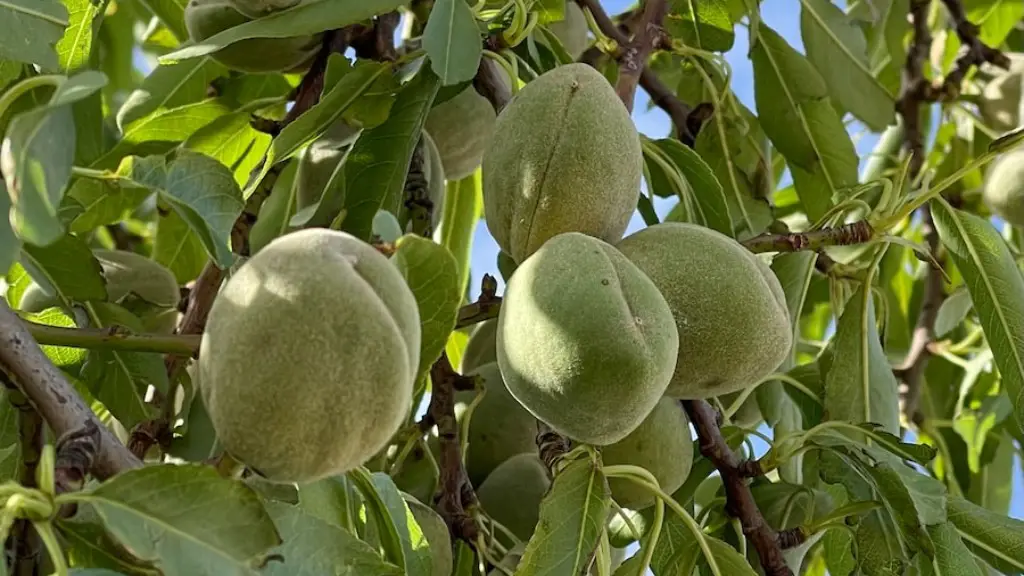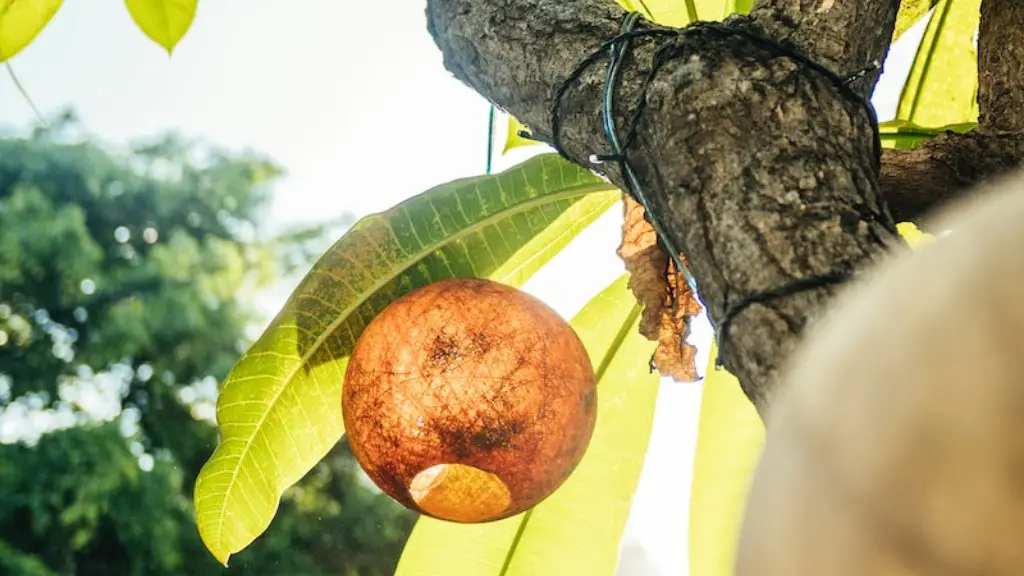Palm trees are a popular choice for many gardeners because of the tropical, festive feel that they bring to the yard. They can also be trained and pruned to remain short, shaping them into any desired form. Whether ornamental or functional, keeping a palm tree short requires deliberate and regular upkeep.
The most common type of palm tree available is the Sabal palm. The Sabal palm has an arched frond pattern and grows very well in warm climates. It has an average height of 10-20 feet but can be kept shorter with diligent trimming. Pruning is necessary to maintain the size and shape of the tree, and it should be done about once a month.
Before pruning your palm tree, be sure to use proper tools like lopping shears or a pole cutters. These tools are designed to prevent injuries and damage to the palm tree. Be careful when trimming and make sure the tools you’re using are sharp enough. Dull blades can tear or damage the fronds, leaving ragged edges and dead patches.
When pruning a palm tree, it is important to remember that more is not necessarily better. It is best to remove only the fronds that are brown or curled. Remove them at their base as close as possible to the trunk. If the frond is cut too low or too close to the trunk, it can damage the trunk or cause disease.
In addition to routine pruning, it is also important to fertilize your palm trees. Look for a fertilizer specifically designed for palm trees to ensure that the proper nutrients are being supplied. Fertilizing usually needs to be done twice a year in March and June. Consult a professional arborist if you have any questions or concerns about fertilizing your palm tree.
Finally, palm trees should also be checked for pests or diseases. Insects like aphids, scale, and mites can cause damage to the fronds. Fungal diseases such as Guignardia and Thielaviopsis can also kill a palm tree unless treated quickly. Inspect your palm tree regularly and take action if you suspect a problem.
Watering Frequency
When it comes to watering a palm tree, it is important to keep the soil consistently moist. During the summer, this may mean watering three times a week and in the winter, once a week should be sufficient. Overwatering or underwatering can both cause problems with a palm tree so be sure to regulate the soil moisture carefully. Mulch, such as wood chips or bark, should be added to the soil to help it retain moisture.
Location and Sunlight
Where you plant your palm tree has a large impact on its size and growth. During the summer, they should be placed in an area that receives full sun exposure but in the winter, a more shaded spot is suggested to protect the tree from high temperatures. Avoid planting them in low lying areas as they are more prone to flooding and water damage.
Providing Support
For large palm trees, it is often a good idea to provide some supplemental support. Stakes, ropes, and guy wires are all good options for providing extra stability. This is especially important for taller palm trees as strong winds can cause them to bend and damage the trunk. Be sure to set the stakes deep enough into the soil so that they will not move or become dislodged.
Protection From Weather
It is also important to provide protection from extreme weather conditions. Cold temperatures and strong winds can damage a palm tree, especially when it is young. Consider providing some additional insulation or wrap the tree with a blanket if needed. Additionally, take extra precautions to ensure that the trunk and roots are not exposed to direct sunlight or hard rains that can cause dehydration.


